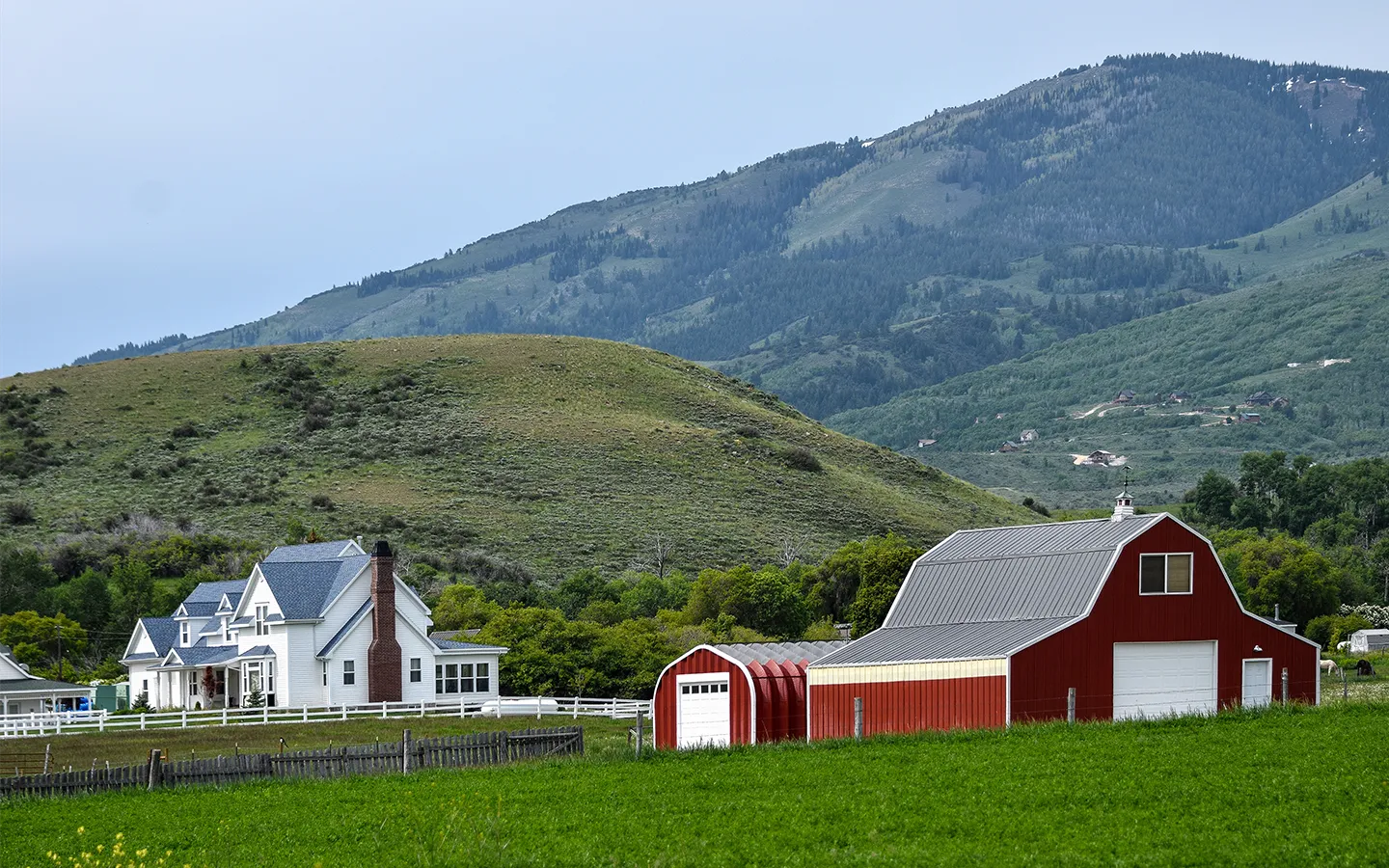Diverse geography and terrain, coupled with the sheer size of the United States pose significant challenges to delivering high-speed internet to every corner of our country. In places where miles of wilderness and farmland separate neighbors, the challenges to deploying a fiber network can be prohibitive. However, two ISPs are finding new solutions to connect even the most remote Americans.
Recently, Midco and Charter have begun investing in fixed wireless technology to reach consumers. Midco began offering its customers a fixed wireless service earlier this year through its acquisition of Invisimax, a fixed wireless company. And Charter is currently conducting trials and looking to expand testing in 2019 of technologies that could help them reach new potential customers in a future fixed wireless buildout.
But how does it work? The answer is brilliantly simple. Instead of laying miles and miles of fiber to connect a single home, fixed wireless uses wireless technologies to cover the last miles to the customer. Data travels over a pre-existing hard-wired network to a ‘fiber backhaul tower’ where it then travels over the air up to five miles away. The data can be relayed from tower to tower, similar to how a cell network operates, in some cases up to 50 miles away from the fiber network, until it reaches a home equipped with a special receiver.
Currently, fixed wireless networks are capable of providing homes with download speeds up to 50 Mbps, enough to power a typical household equipped with a 4K TV and gaming systems. That’s a game changer for rural America, bringing opportunities and growth in today’s digital economy.
To learn more about how America’s ISPs are working to bring next-generation networks to even the most remote communities, be sure to check out our position page dedicated to rural broadband.









